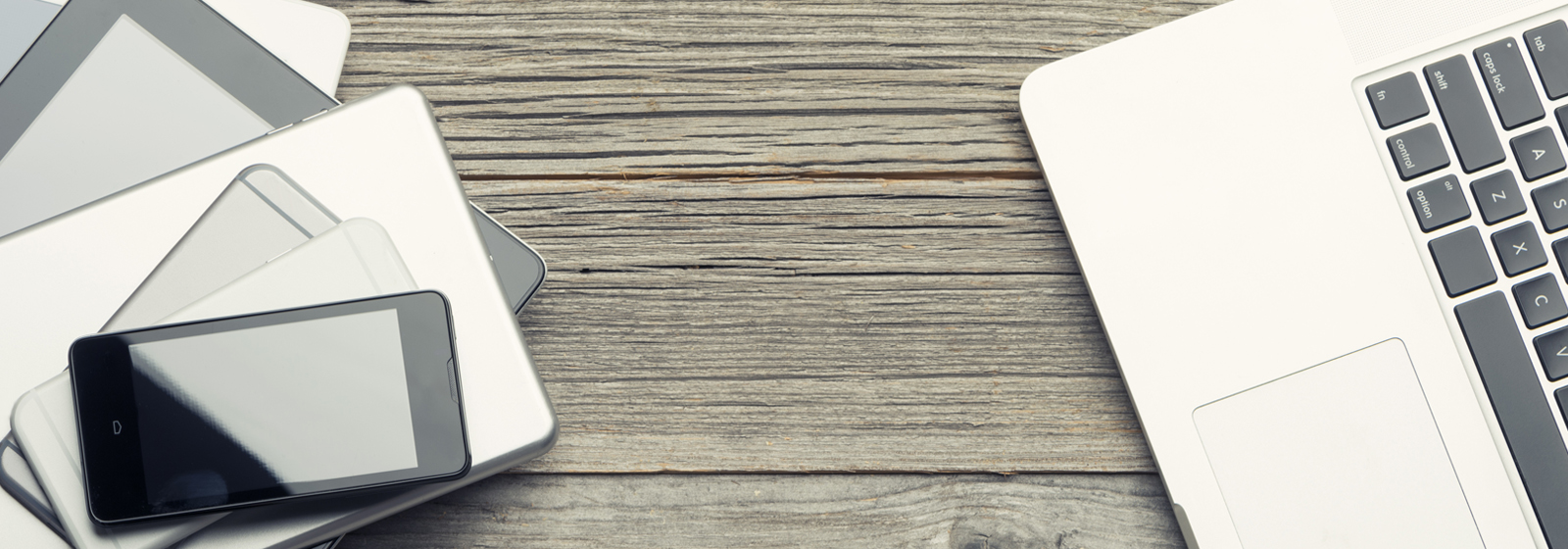Flexible work is no longer a temporary pandemic solution—it’s a mainstay of the modern world.
According to a survey of 25,000 Americans by McKinsey, 58% say they have the opportunity to work from home at least one day a week. When presented with the chance to work remotely, 87% said they’d take it. People who could but don’t work remotely tend to be older: 19% of 55- to 64-year-olds were offered remote work but didn’t take it. Regardless of whether the respondents worked in a flexible model, fully remote or in the office full-time, all reported obstacles to peak performance.
According to findings from Gallup, 60% of workers say they would be interested in a long-term work-from-home arrangement. The LinkedIn “Global Talent Trends” report from 2022 found that a flexible working arrangement was ranked third after greater pay/hours and better work-life balance.
Although the research doesn’t identify the cause and effect, it’s clear that today’s workers must regularly switch the context of their jobs.
Make The Transition Transparent
The switching back and forth between working in the office and at home can be overwhelming, but there are steps you can take to keep your work life and home life separate.
Even though you will have more time in the mornings and evenings when you work from home due to no commute, keep the same regular bedtime and wake-up routines.
Before I was an executive coach, I was a trader and wore a specific jacket to identify myself. Most traders would leave their jackets in the coatroom at the end of each day. Instead, I would travel home with mine on because I was still decompressing from the day. The minute I got home, I would hang up the jacket and all the stress associated with the day and take a shower. I did this every day, and it was symbolic because I was literally washing the day off.
What can you do to create a symbolic statement to end your work day? How can you make the transition time from work and home more pronounced while working remotely?
Whether you are ending your workday from a physical office or your home office, I recommend (like I do to my clients) turning off your phone and putting it away so that you can unplug for a few hours. I know this is incredibly hard for people to do today because most of us are addicted to our phones, but having deep engagement with your family, partner or even your pet is deeply coveted.
I will share the homework assignment I give my clients: Do not walk into your house until you can emulate the family dog. Sit in your garage and decompress. Walk around the block until you can be present and engaged. But don’t walk in until you can joyously greet your family in that “dog state”—where the dog is always happy to see you.
Make it a habit to reframe your perspective and greet your home life or family with the same level of enthusiasm as the family dog.
Use your sense of smell as a transition during your day. Use an essential oil on your pressure points to help keep your brain engaged after lunch. Use a different essential oil at the end of the workday so it is a sign that you can move from your work self to your home self.
I like to light a candle when I read in bed at night. Not only is the smell of the candle a sign that it’s time to unwind, but it creates a connection in my brain between that smell, relaxing and eventually falling asleep.
I’ve talked about diaphragmatic breathing before because, in my experience, it’s one of the fastest and easiest ways to get out of a triggered state. But people don’t remember to intentionally breathe, and reminders just add items to our “to-do” lists. How many of you have turned off the notifications of your Apple Watch Breathe app because you found them annoying? I have.
But that doesn’t mean there isn’t tech out there that can help you simply take a pause during the day. Consider researching mindfulness or meditation apps, such as Insight Timer or the Plum Village Mindfulness app. You can use technology in this way as a reminder to practice mindfulness.
Setting an intention at the beginning of each day can be transformative in how we delineate work life from home life. For instance, I started a ritual with my partner months ago where each morning, we ask ourselves what we are grateful for, what we are proud of and what our intentions are for the day. This works so well for us that we recently started a new ritual where we discuss our intention when work ends.
Gratitude is a beautiful way to start the day whether you share it with someone or not. Consider setting an intention at the beginning of your day and at the end. Thoughtfully express what mood and focus you want the day to take. If this works well, you can set an intention for your evening. It could be enjoying your partner’s or family’s company outside, watching Netflix or even working late.
Related: Gratitude: A Powerful Antidote to Social Comparison
By creating new habits to separate your work life and your home life, you are designing the experience so you can be productive no matter what location you are working from that day.
Learn more about Executive Coaching
This article was originally published on Forbes.com as a Forbes Coaches Council post.


